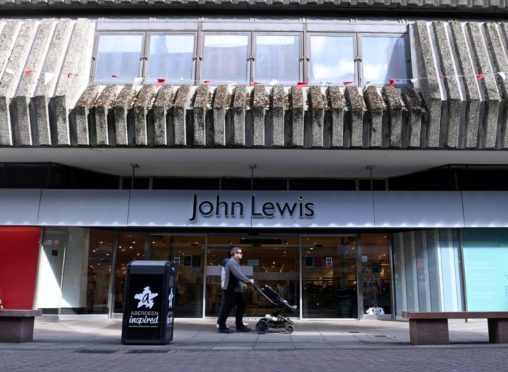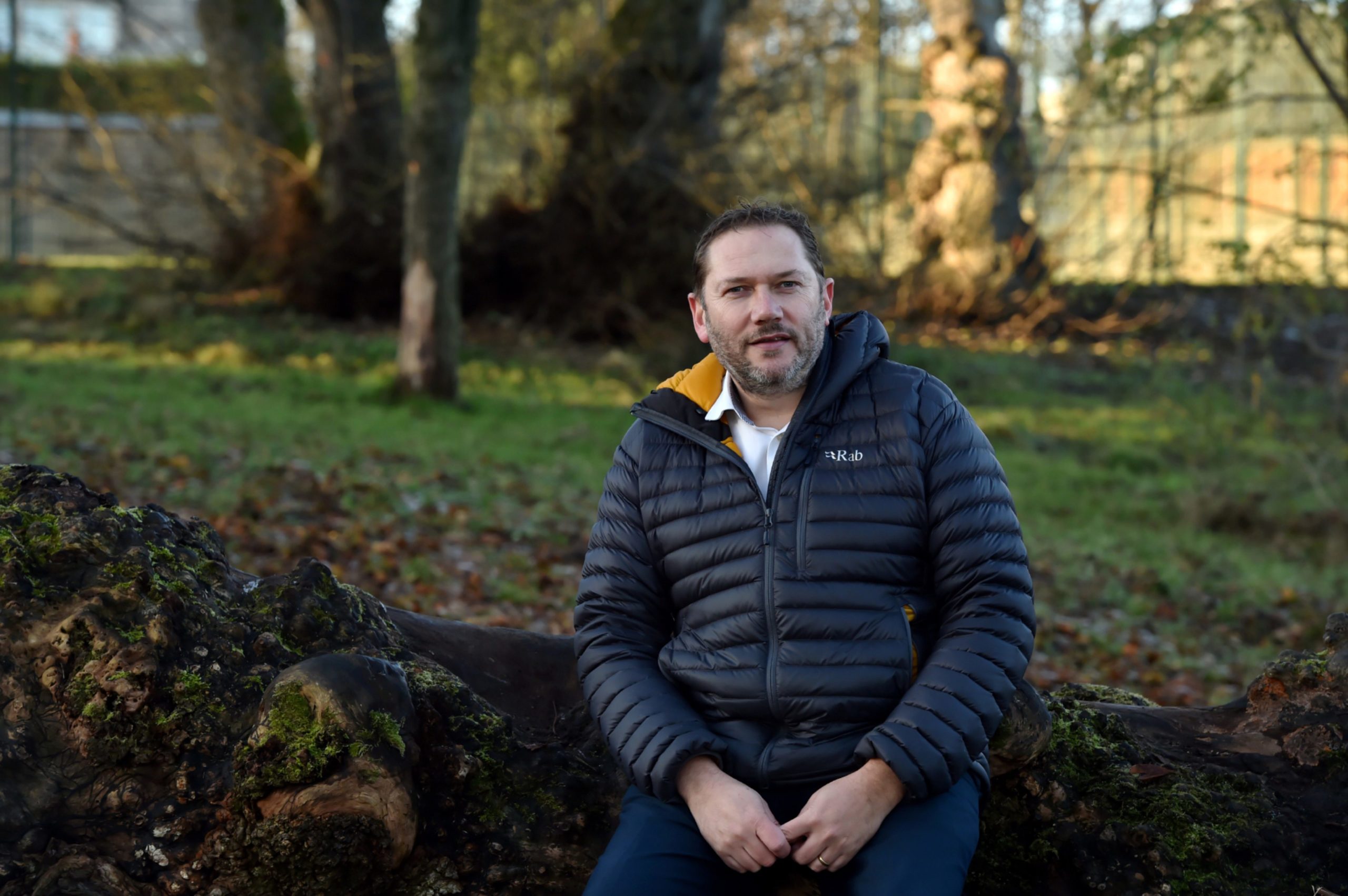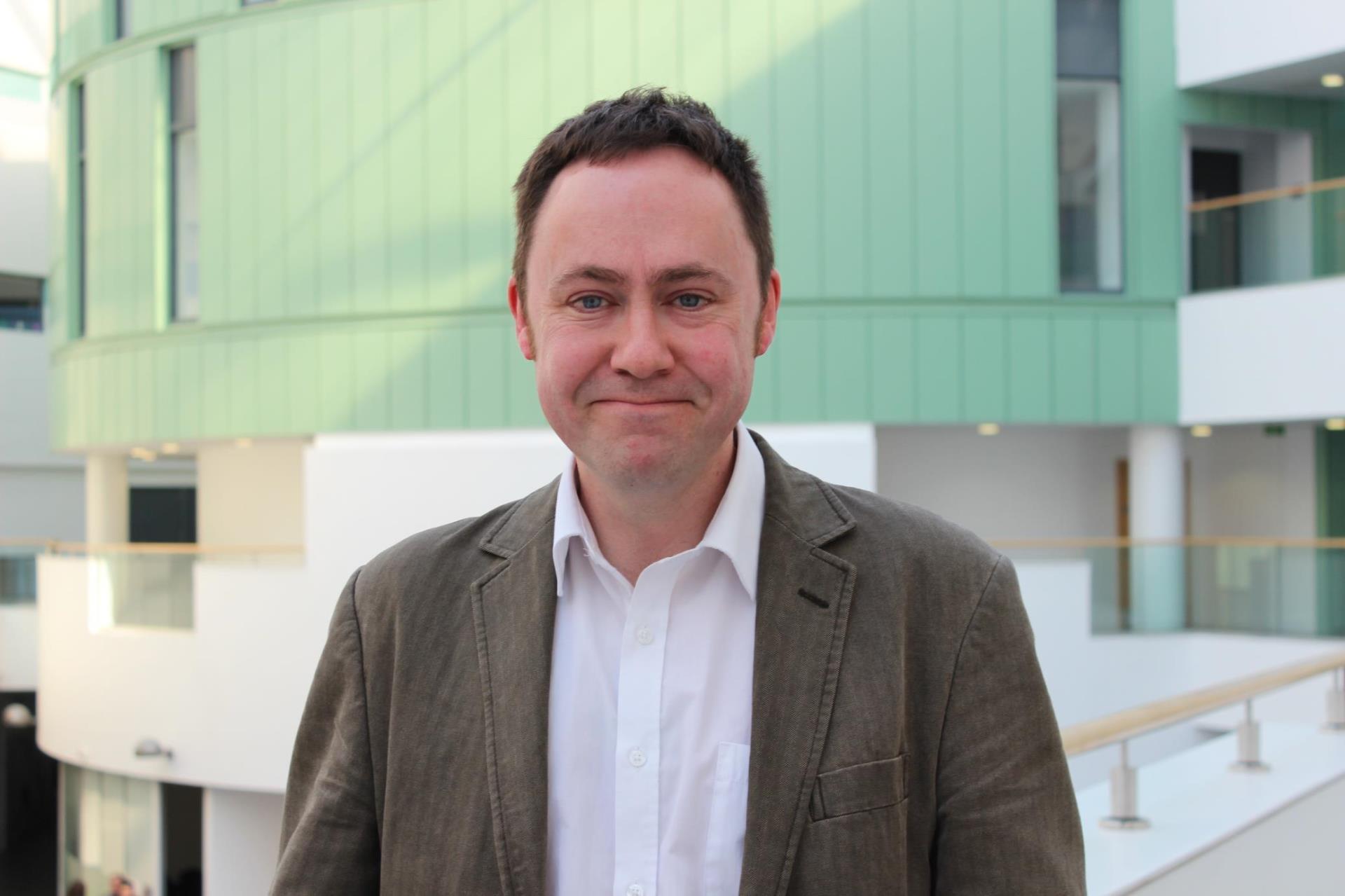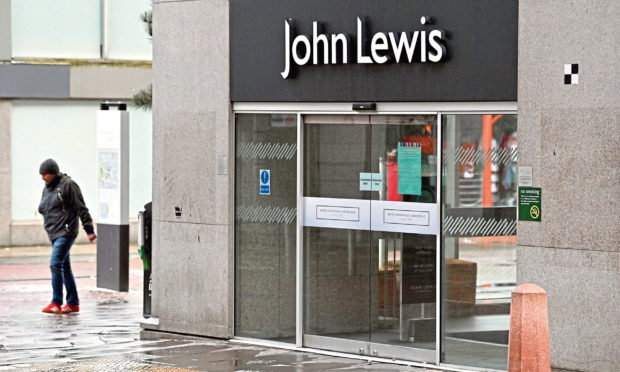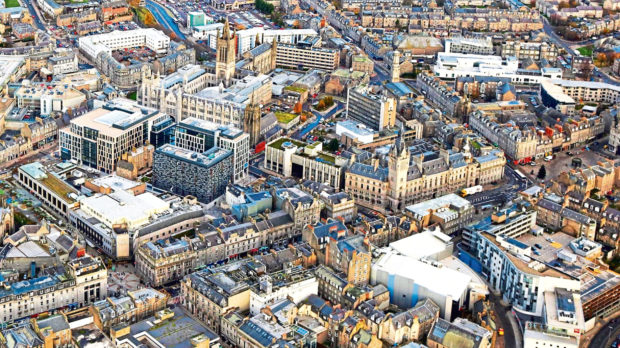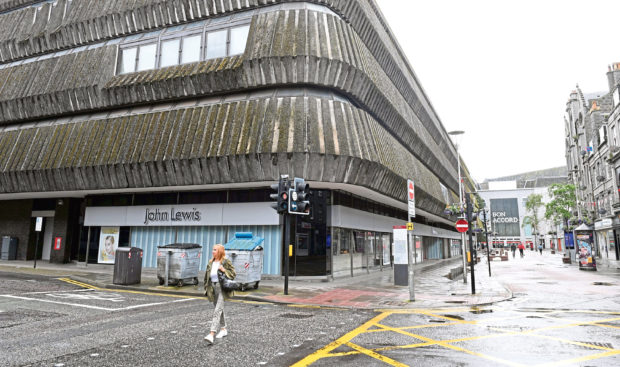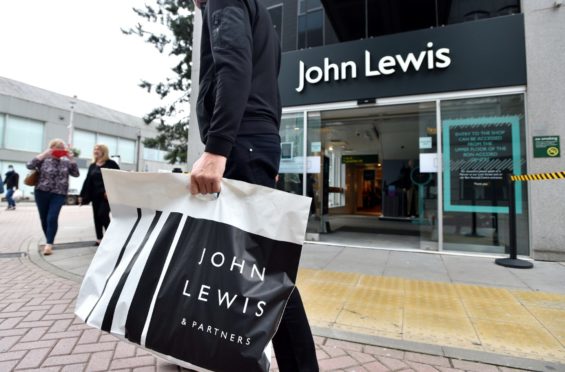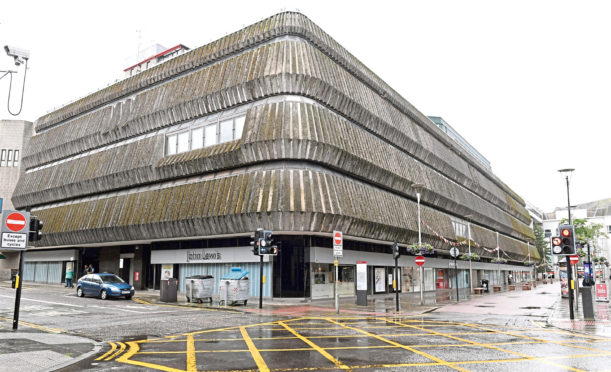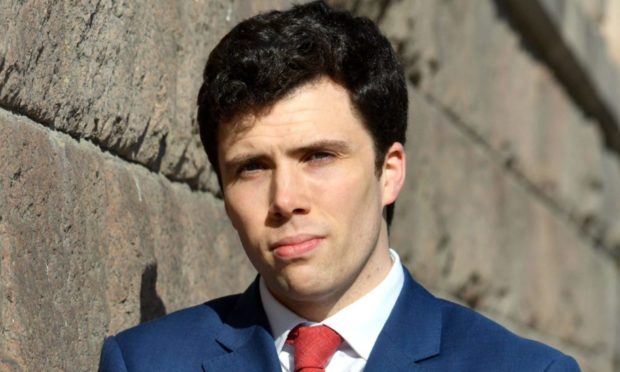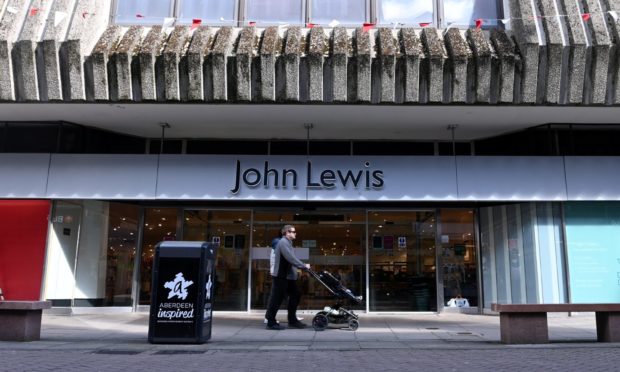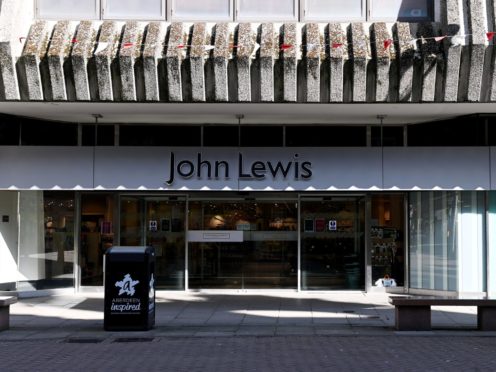A north-east professor has called for a “radical” revamp of Aberdeen’s city centre following the news the region’s last department store is to close.
Last month John Lewis announced it plans to shut its branch on George Street – the only remaining department store in the north of Scotland.
In subsequent days a campaign was launched to convince the retail giant to rethink.

Thousands of people signed petitions, and a taskforce including council chiefs and business leaders met senior John Lewis executives in a bid to convince them to stay in the north-east.
However, Professor Richard Laing, from Robert Gordon University’s Scott Sutherland School of Architecture and Built Environment, warned further closures could follow.
And he called for the city centre to be “reimagined” to ensure properties do not lie empty.
“The recent announcement that John Lewis does not intend to reopen its store on George Street feels like a moment where the city needs to act,” he said.
“I was really struck by the outpouring of emotion from Aberdonians upon hearing the news – including well over 15,000 signatures within one day to a petition calling for a change of heart. Aberdonians are proud people – rightly proud of their city, its history and its buildings.
“Thinking of the retail establishments which have now been lost, though, surely suggests that a reinvention of sorts is needed. It is unrealistic to simply think that new retailers will magically emerge post-pandemic to fill vacant premises. If anything, we could well see further closures.
“It is time, though, for Aberdeen and Aberdonians to think strategically and radically about how the city might be used in the future. Most of our granite squares – now mainly offices – were previously used as residential property.
“The city deserves to be occupied once more. We have leading schools of art, design, architecture and music in the city, but I struggle to believe that graduates would be able to afford to locate themselves or their practices in the city centre.”
Aberdeen City Council co-leader Douglas Lumsden – a member of the John Lewis taskforce – said the local authority wants to encourage people to live in the city centre.
The council recently approved £150 million of investment to improve the city centre and beach area.
“We welcome Professor Laing’s views and it very much ties in with what we’ve been saying for a long time; that we have to look at how the city centre is used going forward,” Mr Lumsden said.
“We know retail has changed completely and that’s been accelerated by the pandemic.
“Over the last few years we have been looking at ways to encourage people to live and work back in the city centre.
“We have our city centre living strategy where we waive some developer contributions when they want to redevelop houses in the centre. We’ve also committed £150 million towards redevelopment as part of the city centre masterplan.
“If the John Lewis story has told us anything it shows that we have got to be quite radical and bold in our thinking, and we have got to back it up with finances as well.”
Professor: ‘Collective action’ needed to make vision reality
I grew up in Elgin and throughout my childhood family trips through to Aberdeen were a really big event. My memories are of a city centre which felt exciting, clean, full of life and yes, the granite really did sparkle in the sun. George Street was still very much regarded as a destination, with Bruce Millers and the fondly remembered ‘Rubber Shop’.
When I moved permanently to Aberdeen in 1988, Union Street felt really grand and vibrant. Stores included HMV (in the former Watt and Grant building), Boots (two floors and with an exit out to the ‘Back Wynd’ steps), a really big Woolies, Littlewoods, British Home Stores, a relocated Bruce Millers, the huge Frasers at the top of Market Street and, of course, the much loved E&Ms.
I also clearly recall that Debenhams felt quite posh, with a café boasting views over Guild Street and beyond. Record shops also included Our Price, the “Other” record shop and One-Up in Diamond Street.
The city centre also had two additional cinemas – the Odeon on Justice Mill Lane, and the Capitol (which was perhaps better known as a music venue) – both of which now exist only as facades, with their interiors largely removed. At the current time, and even where ground floors in the city centre are still used, many of the upper floors in our city centre lie empty, some without even basic access.
The recent announcement that John Lewis does not intend to reopen its store on George Street feels like a moment where the city needs to act. I was really struck by the outpouring of emotion from Aberdonians upon hearing the news – including well over 15000 signatures within one day to a petition calling for a change of heart. Aberdonians are proud people – rightly proud of their city, its history and its buildings.
Thinking of the retail establishments which have now been lost, though, surely suggests that a reinvention of sorts is needed. It is unrealistic to simply think that new retailers will magically emerge post-pandemic to fill vacant premises. If anything, we could well see further closures.
Working as a partner in many projects over 25 years or so, my colleagues and I at RGU have been able to work with so many local partners to explore the possibilities for walking, cycling and living in the city centre, and there have been some real successes. For example, the likes of the Look Again Festival and Nuart have drawn attention towards our active arts community – as well as drawing people into lesser-known venues and locations – and the local authority has actively explored ways in which pollution in the centre can be improved through hydrogen-powered vehicles, smart transport planning and through car sharing. Aberdeen Art Gallery, in my opinion, is certainly one of the most impressive, pleasant and welcoming public buildings in the whole of the UK.
It is time, though, for Aberdeen and Aberdonians to think strategically and radically about how the city might be used in the future. Most of our granite squares – now mainly offices – were previously used as residential property. The city deserves to be occupied once more. We have leading schools of art, design, architecture and music in the city, but I struggle to believe that graduates would be able to afford to locate themselves or their practices in the city centre.
During our studies, my colleagues and I have also had the opportunity to visit many other cities in the north of Europe. The reasons for our visits are often due to a particular theme – maybe transport, or urban design, or greenspace – but what most often strikes me is how the cities have managed to transform. Malmo was heavily industrial until quite recently. Copenhagen has not always been known for cycling and walking. The air in Gothenburg is clean due to people being able to travel less by car, and be less polluting if they do, because they are supported to do so through excellent and affordable public transport and charging infrastructure. Change is possible, but it needs collective action.
Aberdeen needs to reinvent how the city is used, and it needs to do so rapidly. We have all visited towns and cities which were once really nice, but which now feel diminished. Aberdeen deserves better, and I suspect that the people of Aberdeen would leap at the chance to be part of positive change.
Try to think of an Aberdeen where the city centre is characterised by clean air, by small galleries, by studios, by properties which are being used, by an environment where the feeling is one of people, life, activity and openness.
